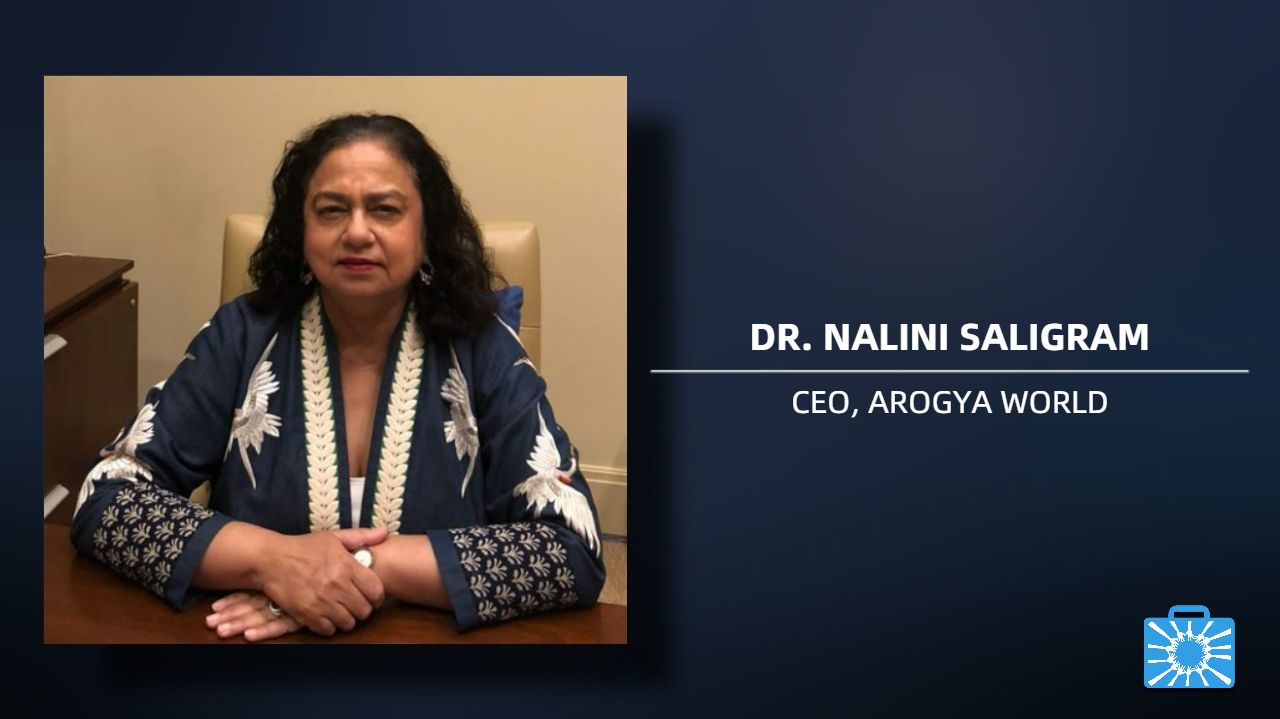Dr. Nalini Saligram , Founder and CEO of Arogya World Talks about Improvement of Healthcare in India
Related Articles
Cholesterol Down, Health Up: What’s the ideal diet to cut cholesterol? Simple Food Swaps That Can Save Your Heart
If you’ve been told your cholesterol’s creeping up, don’t panic. You don’t need to flip your entire life upside down or survive on boiled...
Stressed to Silver: Why Gray Hair Isn’t Just About Age
You know that moment — you’re brushing your hair, the light hits just right, and bam — there it is. A gray strand. Maybe...
Where Fire Heals, Not Hurts: The Living Flame of Jasnathi Tradition
In the dark desert night in Khinvsar town of Nagaur in Rajasthan, a hush falls over the crowd gathered at Jasnath Asan Ashram. The...


